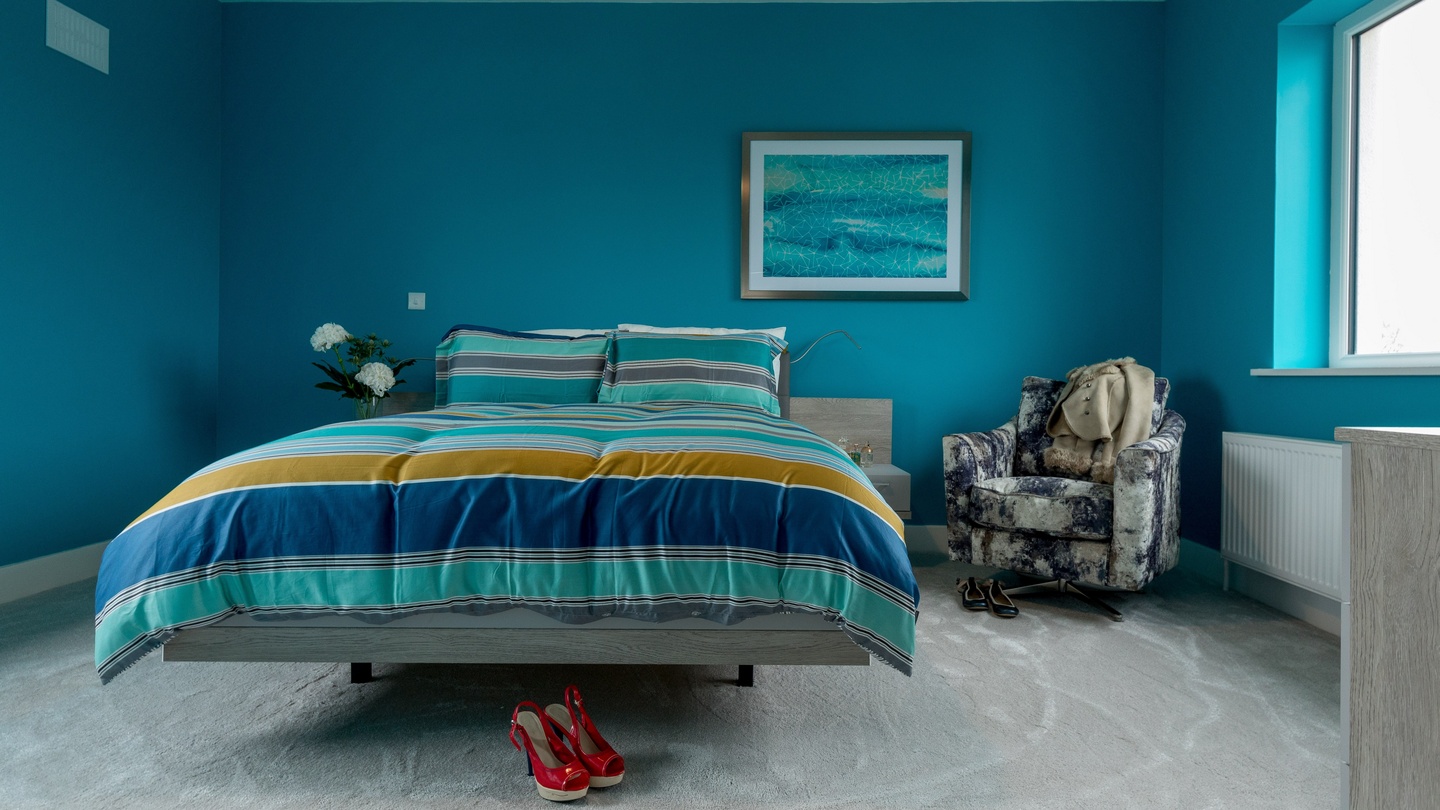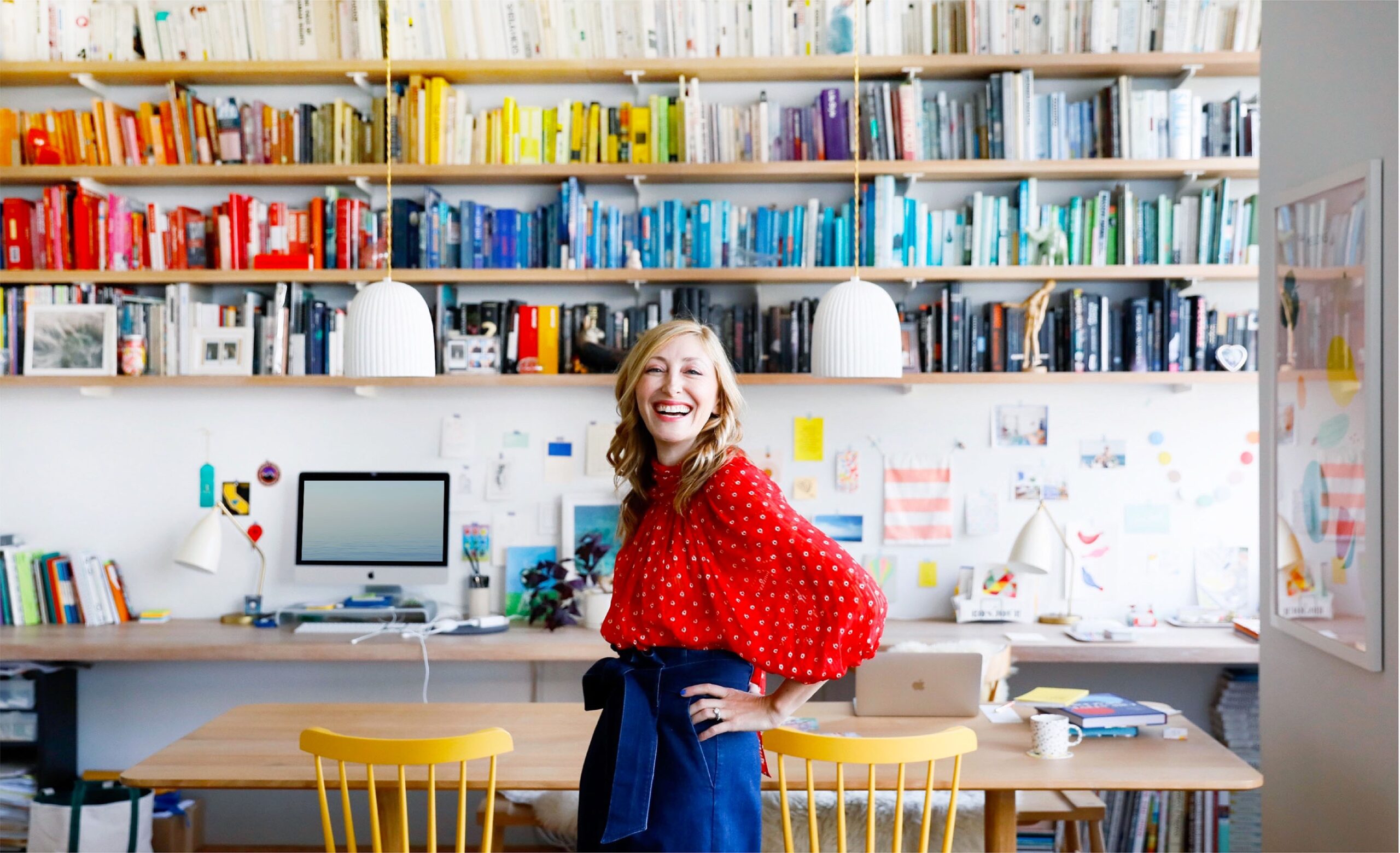Designing the Ideal Home for Young Adults
Young adults have distinct needs and preferences when it comes to their ideal home. As they embark on their journey into adulthood, they seek a living space that offers both functionality and style, reflecting their individuality and aspirations. Understanding the lifestyle and priorities of young adults is essential for designing homes that meet their evolving needs and cater to their unique tastes.

Embracing Modern and Innovative Design Concepts
Young adults are drawn to modern and innovative design concepts that prioritize efficiency, flexibility, and sustainability. They value open floor plans, smart home technology, and eco-friendly features that enhance comfort and convenience while reducing environmental impact. Embracing contemporary design principles allows for the creation of homes that not only look stylish but also function seamlessly in today’s fast-paced world.
Prioritizing Affordability and Accessibility
Affordability and accessibility are top considerations for young adults when choosing their ideal home. Many young adults are … Read more



